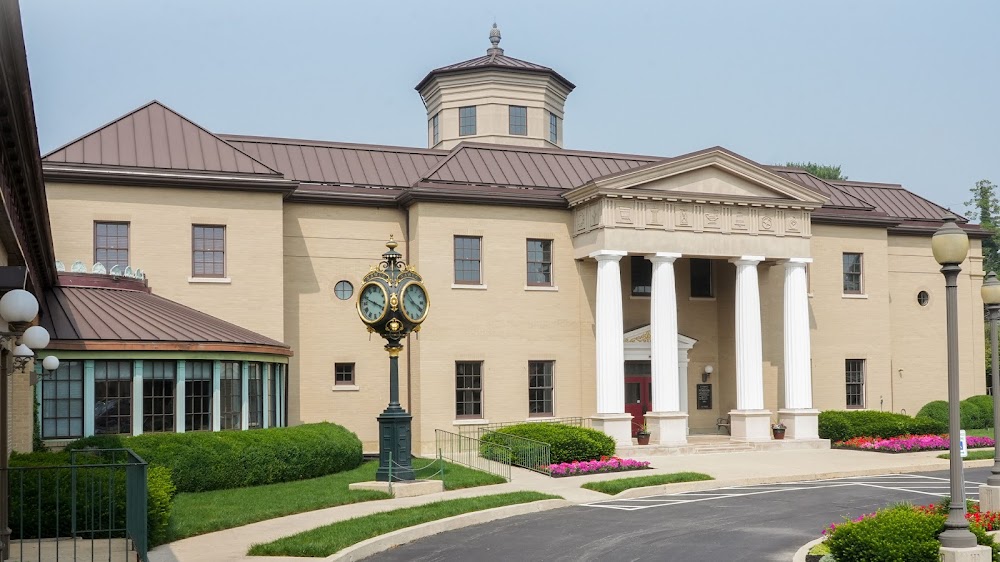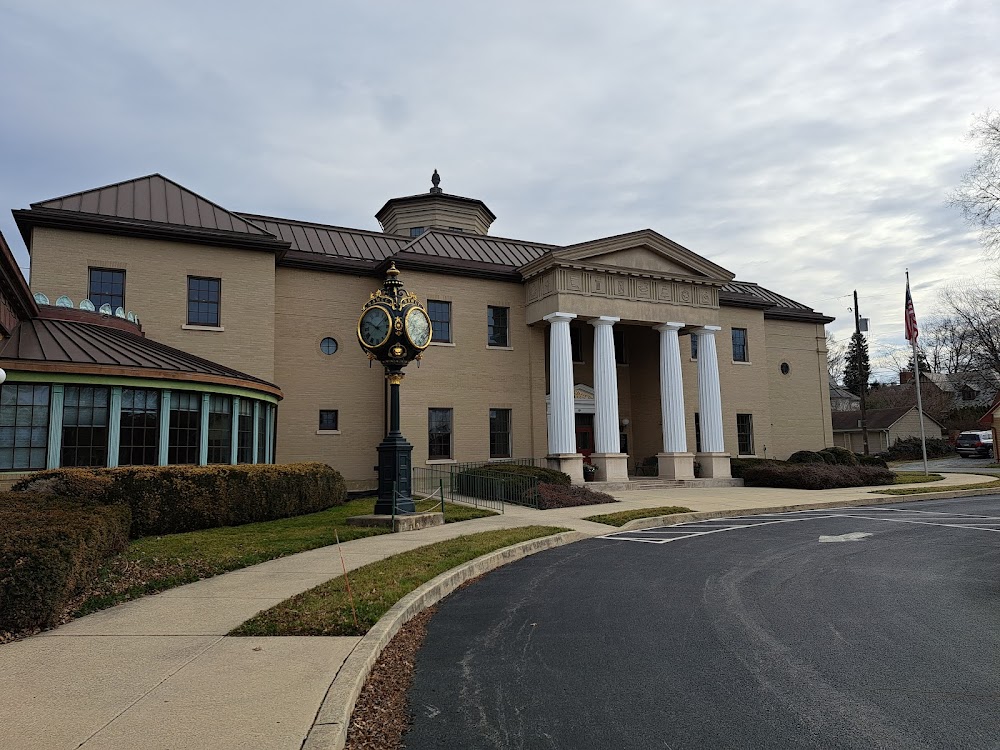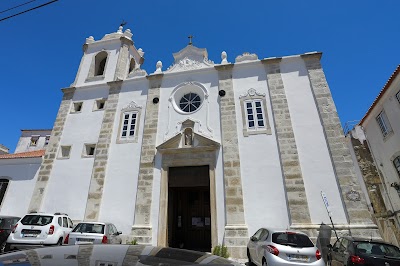Museum of Time (Museu do Tempo)
Overview
In the enchanting city of Santarém, Portugal, visitors can experience a unique perspective on time at the National Watch and Clock Museum, affectionately known as the Museum of Time. This captivating institution highlights the intricate beauty and exceptional craftsmanship of timekeeping devices from across history, inviting guests to embark on a journey through the ages.
The museum owes its existence to a visionary clockmaker, José Silva. In the early 1970s, José traveled extensively across Europe, gathering antique watches and clocks. His passion for horology—the science of measuring time—grew beyond a mere hobby to become a lifelong mission. Recognizing the absence of a dedicated space to honor this important craft in Portugal, José set out to create a venue where these remarkable masterpieces could be appreciated by all.
In 1980, with the support of the local government and a devoted team, José opened the National Watch and Clock Museum in a beautifully restored 18th-century building located in the heart of Santarém. This architectural gem, known for its stunning Baroque style, features grand arches and a majestic façade, beckoning visitors to step back in time.
Transforming the old mansion into a suitable exhibition space was a monumental endeavor, requiring nearly five years of meticulous restoration work. Local artisans and historians collaborated to preserve the building's historical essence while crafting an ideal home for an extensive collection of timepieces.
Inside, the museum boasts over 5,000 exhibits, each with its own captivating story. The diverse collection spans from ancient sundials and water clocks to intricately designed pocket watches and grand pendulum clocks from various eras and regions. Among the museum's standout pieces is a stunning 17th-century Portuguese clock, renowned for its extraordinary mechanism and artistic design—a true testament to the country’s rich clockmaking heritage.
Each room in the museum is thoughtfully curated to showcase different eras and styles of timekeeping. Visitors can explore a section dedicated to Renaissance clocks, where ornate details reflect the artistic influences of the period. Another area delves into the Industrial Revolution, demonstrating how mass production revolutionized clockmaking and made timepieces more accessible to the public.
Interactive displays breathe life into the history of timekeeping, allowing visitors to witness the inner workings of various clocks and watches. This engaging, hands-on approach appeals to both young and old, making the museum a popular educational destination for families.
The museum also emphasizes the scientific advancements in timekeeping, featuring a section on marine chronometers that were essential for navigation and exploration at sea. Visitors of all ages marvel at the precision required for these devices, which helped sailors traverse vast oceans with confidence.
Over the years, the National Watch and Clock Museum has evolved into more than just a collection of timepieces. It serves as a vibrant cultural hub, hosting various exhibitions, workshops, and events that focus on horology. Esteemed clockmakers frequently visit to share their expertise through talks and seminars, inspiring new generations of horologists.
A cozy café within the museum offers a tranquil spot for visitors to pause and reflect on the passage of time while savoring a cup of traditional Portuguese coffee. For those looking to take a piece of this captivating world home, the museum shop is stocked with replicas and miniature models that cater to enthusiasts of all ages.
The National Watch and Clock Museum in Santarém stands as a lasting tribute to the passion and dedication of its founder, José Silva, and the supportive community that embraced his vision. This timeless treasure within Portugal celebrates the art and science of timekeeping, reminding us that every tick of the clock tells a story waiting to be discovered.







